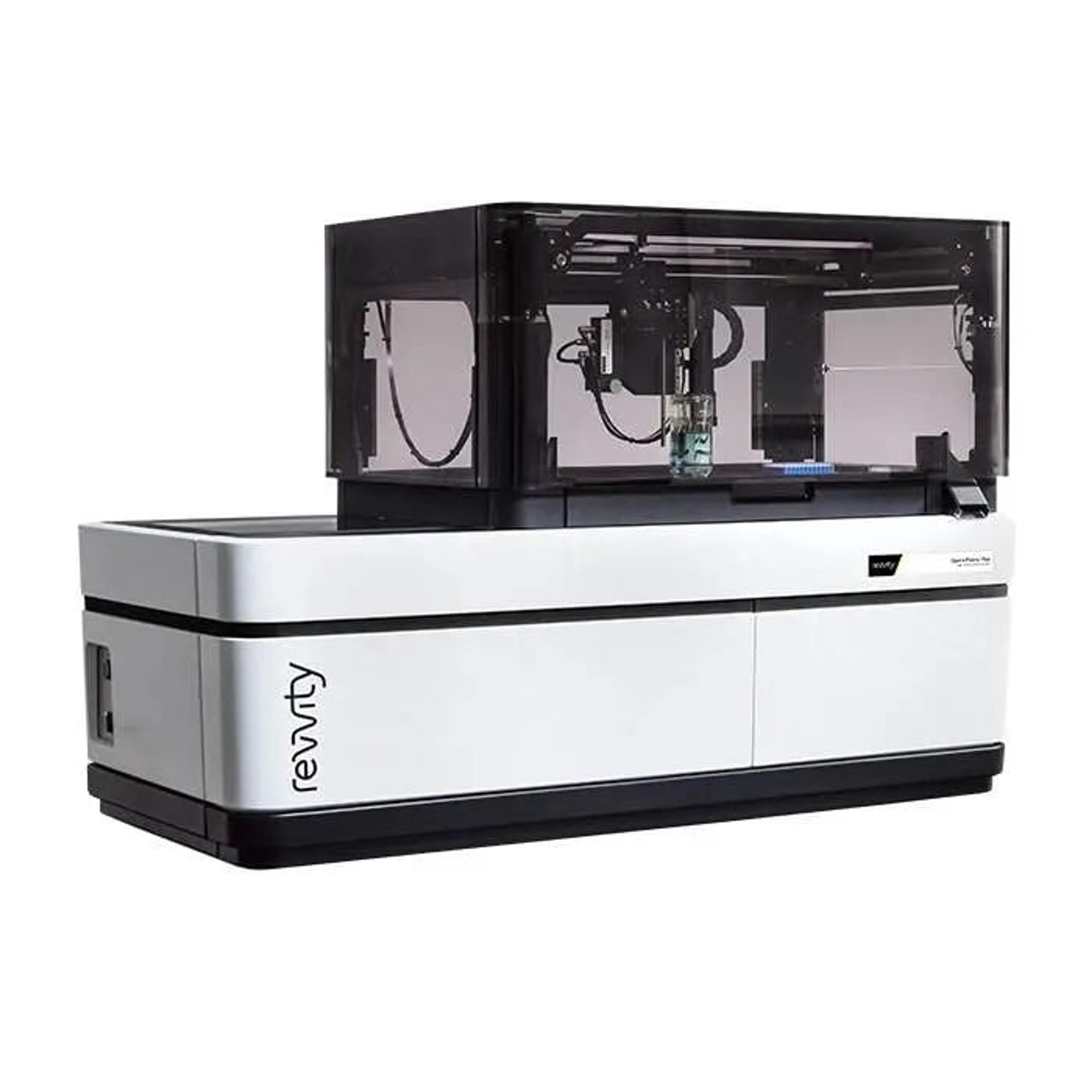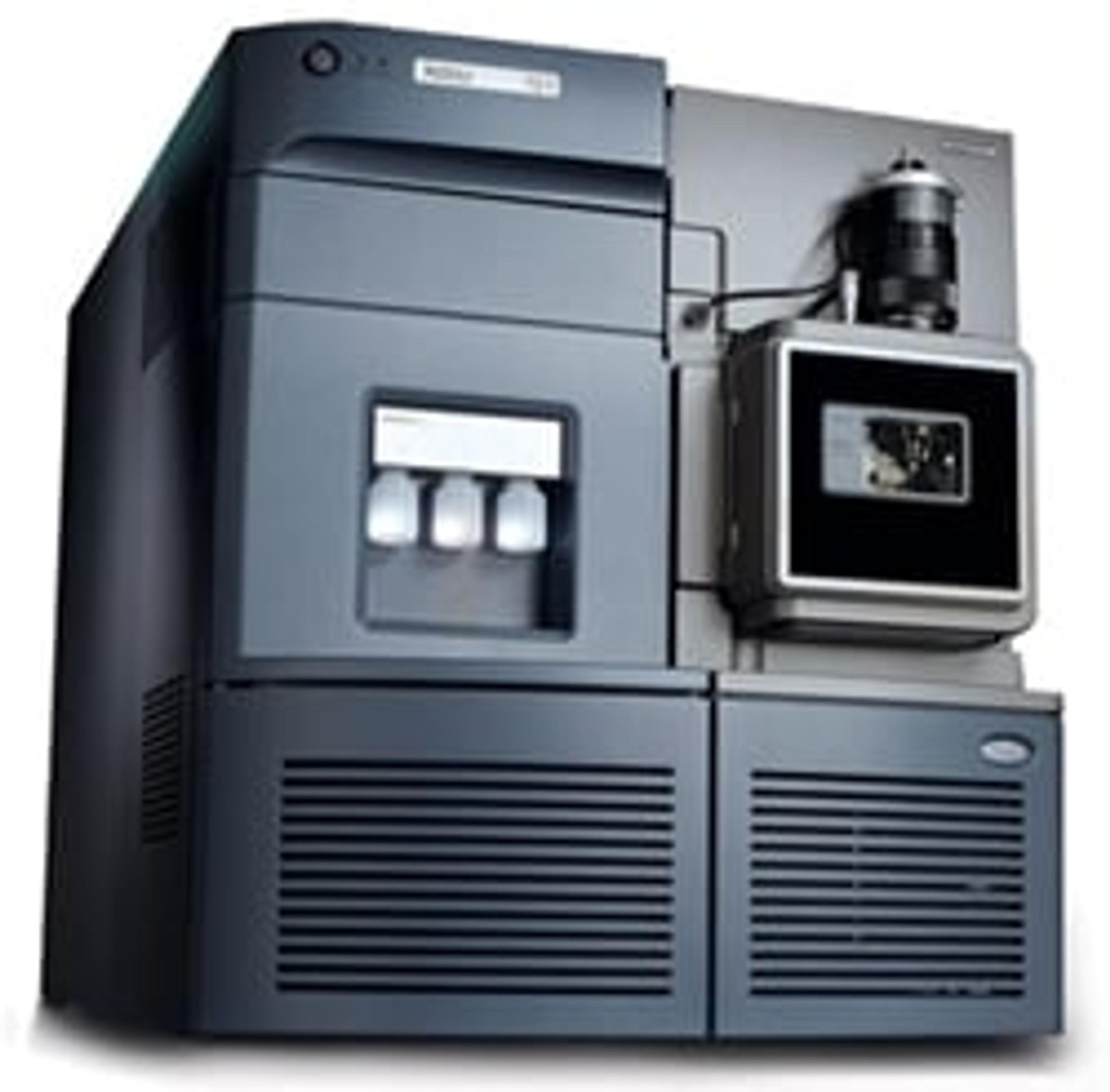Steve Rees, of AstraZeneca, Discusses Cutting-edge Technologies for Drug Target Validation
Steve Rees, Vice-President of Screening Sciences and Sample Management, Talks to Kerry Parker
21 Apr 2015

Steve Rees is the Vice-President of Screening Sciences and Sample Management at AstraZeneca
The majority of projects fail due to either target or molecule related toxicity, or the demonstration of a lack of compound efficacy
Steve Rees AstraZeneca
As the Vice-President of Screening Sciences and Sample Management at AstraZeneca, Steve Rees has global responsibility for Compound Management, the human tissue Biobank and High Throughput Screening.
He is also responsible for the provision of SAR biology support to preclinical discovery projects, such as developing hit identification, compound profiling, sample management and open innovation strategies, and has led multiple international collaborations, has authored more than 60 scientific papers and has spoken at many international symposia.
Steve is a member of the SLAS Europe Council, the Board of Directors of ELRIG and of the BBSRC panel of experts, and is currently organizing the upcoming SLAS Cutting-edge Technologies for Drug Target Validation conference.
Current Approaches to Target Validation
KP: Steve, what is the industry's current general approach to target validation?
SR: The identification of novel targets with linkage to disease is perhaps the major challenge facing scientists working in pharmaceutical discovery. It is well recognized that the majority of projects fail in discovery or clinical development due to either target or molecule related toxicity, or the demonstration of a lack of compound efficacy in disease models or clinical studies. As a consequence, most companies are focusing their research efforts on a smaller discovery portfolio, composed of projects with a higher confidence in target validation. Typical approaches for target validation are:
- The use of human disease tissue to demonstrate that the target is up or down regulated in the disease tissue.
- The generation of genetic data to demonstrate that there is a genetic variation in the drug target that is the cause of disease.
- The creation of transgenic animal models in which the candidate gene is up or down regulated to investigate the role of gene function in disease.
- The use of tool antibodies, siRNAs CRISPR and small molecule tool compounds to investigate the role of the target in cell signaling in cell based assays, or in disease physiology in animal model systems.
In reality, a target is not fully validated until a molecule has been demonstrated to affect disease progression in the clinic. Alongside target validation, considerable effort in translational science is required to ensure that the therapeutic hypothesis is tested in the appropriate patient population.
Challenges and Opportunities
KP: What are the current challenges and opportunities?
SR: The challenges lie in obtaining disease relevant human tissue samples to investigate the role of the target in disease and management of the very large data sets that can now be generated using -omics platforms for the study of disease biology.
Perhaps the biggest opportunity is the recent advances in Precise Genome Editing technology using methods such as CRISPR, which enable the precise modification of any gene in any cell type. This technology can be used to study the up or down regulation of any target in any cell. Many targets currently being pursued by the industry fall outside of the traditional druggable target classes (GPCRs, ion channels, kinases, etc).This has required the development of new assay methodologies and new compound sets to enable the progression of hits into drug candidates.
The industry has also adopted phenotypic screening; that is the screening of compounds in primary or stem cell derived disease relevant assays to directly identify compounds with activity at a disease pathway. In this paradigm, the molecular target of the hit molecule is often unknown. This screening paradigm enables the identification of truly novel, disease relevant targets. The challenge, however, is the development of disease relevant assays, and the requirement to identify the target of any hits, using a variety of methods that have collectively been labeled target deconvolution.
Cutting-Edge Technologies
KP: Which techniques/technologies are enabling this science?
SR: There are several:
- Access to human disease tissue through the establishment of local and national Biobanks.
- Precise Genome Editing in cellular and animal models to investigate the role of candidate genes in disease.
- Next Generation Sequencing to enable the sequencing of large cohorts of patients to identify genes or gene mutations involved in disease.
- iPS stem cell technology to enable the development of disease relevant assays.
- Proteomics and metabolomics to enable the identification of the effect of new molecules on cell physiology.
- Chemoproteomics to enable the identification of the molecular targets of hits from phenotypic screens.
KP: What is the upcoming SLAS conference on this topic?
SR: Speakers at the SLAS/SULSA conference will describe the application of a number of cutting-edge technologies for target validation. Sessions will include the application of precise genome editing for the creation of cellular and animal models of disease, the use of phenotypic screening using high content imaging to identify novel targets, and the application of mass spectrometry for target de-convolution. This is an opportunity to hear leading speakers from academia and industry describe the application of these technologies.
The Society for Laboratory Automation and Screening (SLAS) and the Scottish Universities Life Science Alliance (SULSA) present Cutting-Edge Technologies for Target Validation Conference 2015, 18-19 May 2015 in Edinburgh, UK.


